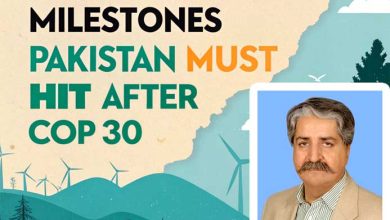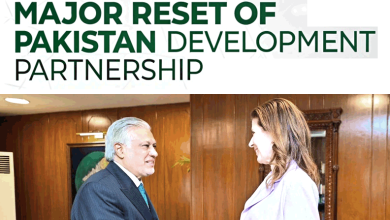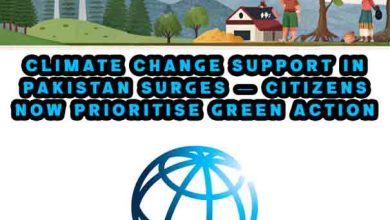#ClimateChange to effect #water, #agriculture productivity negatively
Vulnerable to climate change, Pakistan was likely to witness an acute shortage of water for domestic, industrial and agricultural consumption in the next few years mainly due to changing weather patterns including a decrease in rains and snowfall.
According to Met Office, Pakistan recorded 77 percent below rainfall in February last against the total normal downpour due to climate change-induced weather patterns and global warming, adding that 67 percent less rainfall was recorded in Azad Kashmir, 36pc below in Gilgit Baltistan, 54 percent less in #KhyberPakhtunkhwa, 90per cent less in Punjab and no rainfall in Sindh and Balochistan.
Similarly, in January last, 21 percent below normal rainfall was recorded in the country due to climate change. Out of the total rainfalls, 39 percent less rainfall was reported in #Balochistan, 12 percent less in Gilgit Baltistan, 35 percent below in Punjab and 85 percent less in #Sindh province. However, #KP and Azad Kashmir have received 11 percent more rainfall each during the period apparently due to increase forest cover.
Giving details of snowfall recorded in the winter season, the Met official told #APP that from October 2022 till date, about 135 inches of snowfall was recorded in #Malam Jabba, 122 inches in Kalam in Swat, 66 inches in Astore, 51 inches at Babusar top, 36 inches in #Murree, 35 inches in #Chitral, 24 inch in #Ziarat and 23 inches in #Skardu.
The Met Office predicted that there would be no rainfall across the country till March 20, however, a rainfall system was likely to be developed in Middle East after March 20 hoping to bring downpour in #Pakistan.







